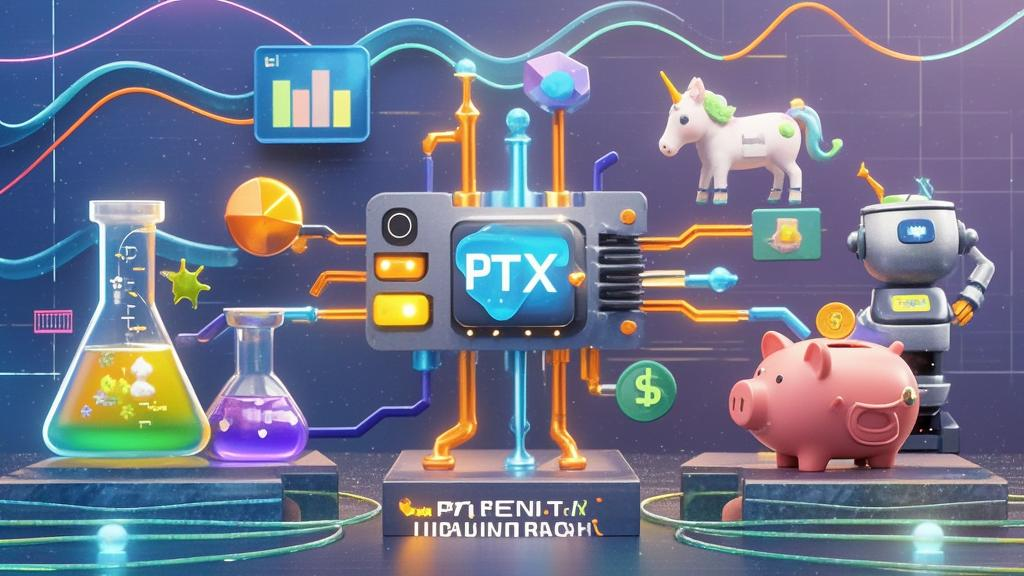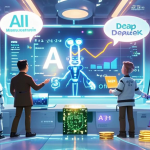Title: Unveiling NVIDIA PTX Instruction Set: Not a CUDA Replacement, But a Fundamental Control Language
The advent of GPU has revolutionized the landscape of data parallel computing. As the demand for real-time, high-definition 3D graphics surges, GPUs have morphed into highly parallel, multi-threaded, and multi-core processors. They are particularly adept at tackling data parallel problems, where the same program executes concurrently on multiple data elements. This model of data parallelism maps data elements to parallel processing threads, enabling a plethora of applications to harness this power for computational acceleration.
PTX (Parallel Thread Execution) defines a virtual machine and instruction set architecture (ISA) for general-purpose parallel thread execution. PTX programs are translated into the target hardware instruction set at installation time. Here’s an in-depth look at PTX:
**Goals of PTX**
– To provide a stable ISA across multiple GPU generations.
– To achieve application performance comparable to native GPU execution.
– To offer a machine-independent ISA for C/C++ and other compilers.
– To supply an ISA for code distribution to application and middleware developers.
– To deliver an scalable programming model.
**Core Features of PTX**
– **Virtual Machine and Instruction Set Architecture**: Offers developers an abstract programming interface.
– **Efficient GPU Execution**: Optimizes the instruction set for efficient execution on NVIDIA GPUs.
– **Broad Programming Language Support**: Supports a variety of high-level programming languages.
– **Cross-Platform Compatibility**: Capable of running on a multitude of GPUs.
**Applications of PTX**
PTX finds extensive application in the following domains:
– **3D Rendering and Graphics Processing**: Accelerates 3D rendering and graphics processing tasks.
– **Scientific Computing and Simulation**: Suitable for a wide array of scientific computing and simulation tasks.
– **Data Analysis and Machine Learning**: Speeds up the execution of big data analysis and machine learning algorithms.
– **Financial Computing**: Plays a significant role in the financial sector.
**Inside the PTX Instruction Set**
PTX stands as the underlying control language for NVIDIA GPUs, not as a substitute for CUDA. It provides a stable programming model and instruction set designed to offer consistent interfaces across GPU generations. PTX is engineered to deliver application performance on par with native execution and offers a machine-independent ISA for high-level languages.
The characteristics of PTX include a virtual machine and instruction set architecture that facilitate efficient GPU execution and extensive programming language support. With its cross-platform compatibility, PTX spans across various application areas, including graphics processing, scientific computing, and data analysis, enhancing computational performance by leveraging the GPU’s parallelism and memory bandwidth.
PTX: The Underlying Control Language
PTX is not just an instruction set; it is the bedrock of GPU programming. It ensures stability and performance, enabling developers to tap into the raw power of NVIDIA GPUs. PTX bridges the gap between high-level programming and hardware, allowing for a seamless transition of code across different GPU architectures.
From the visually stunning 3D renderings to the complex simulations of scientific research, PTX is the silent workforce that powers modern computing. Its versatility and efficiency make it an indispensable tool in the arsenal of developers and researchers alike, pushing the boundaries of what is possible in the realm of high-performance computing.


